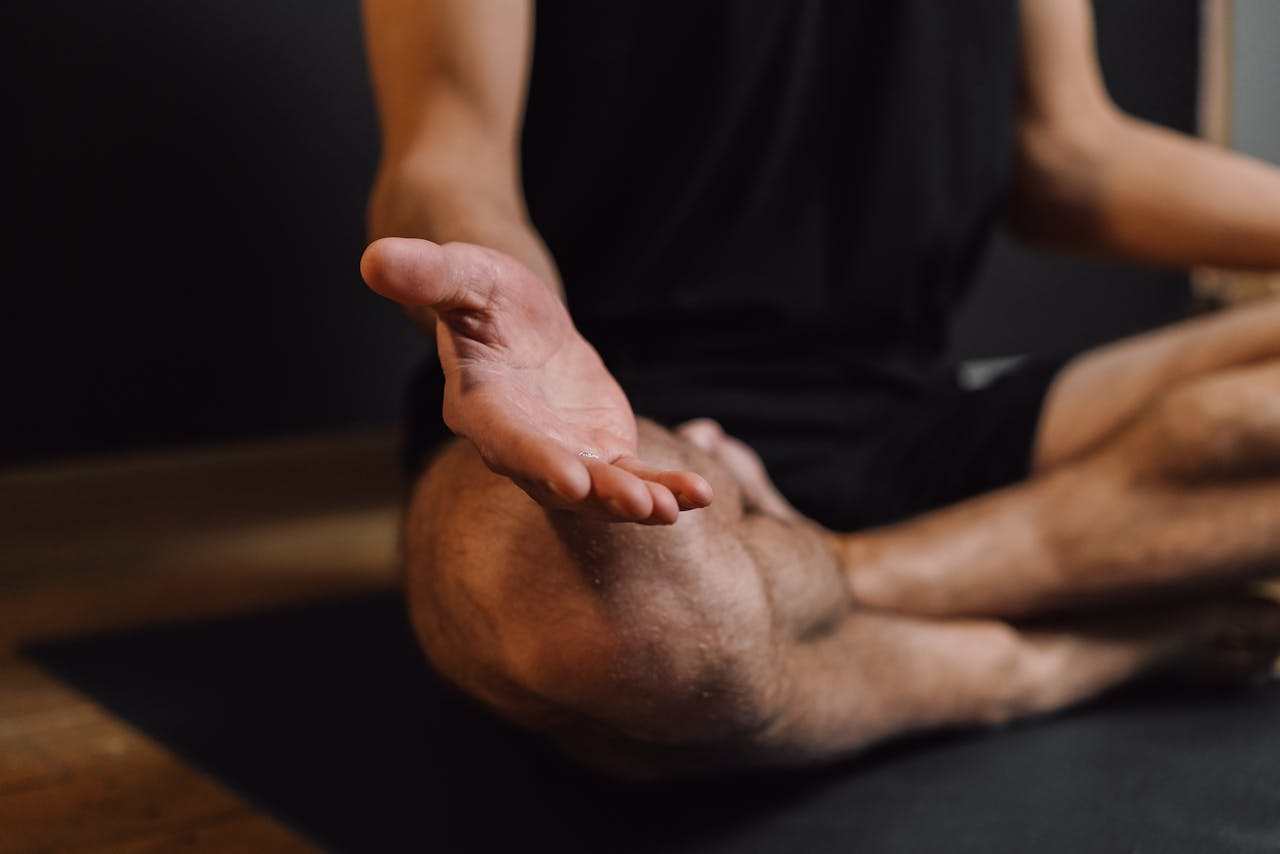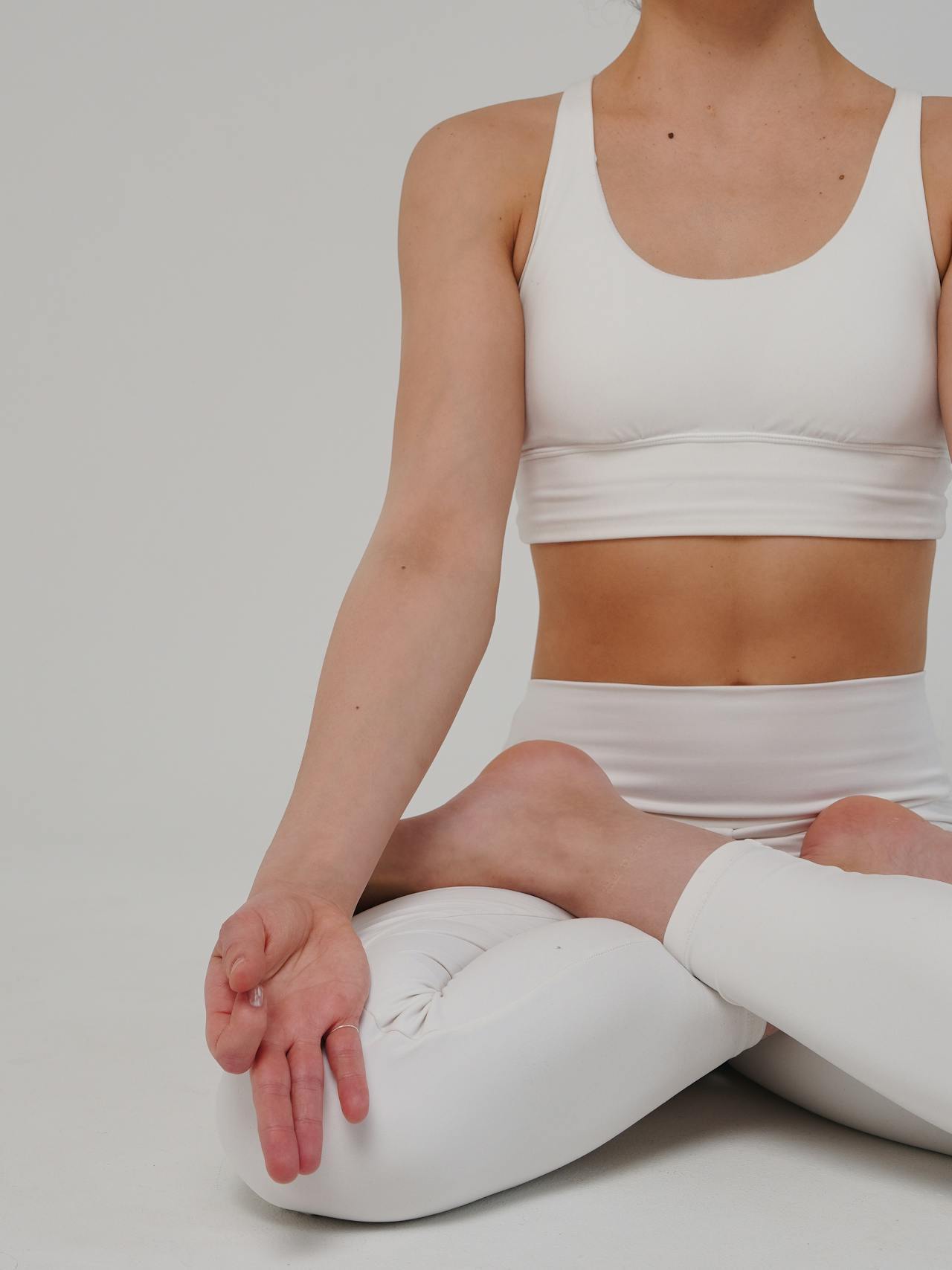Yoga Practice
Pranayama
PRANAYAMA
Prana = vital energy Ayama = distribution & control of energy
Pranayama refers to mastering the life force within. When consciously controlled, it has a powerful vitalising effect on the body, mind and spirit.
THE PROCESS
For the yogi, Pranayama or breath control is an important bridge between the outward practices of Yoga, like the Asanas, and the inward surrendering yogic practices. It is a link between the mind and body, and between the conscious and unconscious. By focusing on the breath the mind becomes calm and balanced.
Practice of Pranayama controls the mind and slows the breath so that the higher life force can manifest. It consists of deepening and extending the Prana until it leads to a condition of peace.
Breath, movement, and energy are life, and the yogic practice of Pranayama combines all these elements into a single integrative experience that is a valuable investment and will generate both inner and outer vitality.
The first step in Pranayama is training in the use of the entire range of physical breathing. This means experiencing full lung breathing by coordinating the lower, middle, and upper parts of the breathing process.
During Pranayama practice, the flow of prana is regulated with mindful observation and distribution of the breath, which allows the mind to become still. As a result, the energy normally spent engaging with and processing the outer world is focused inward. Therefore, while following the breath, the mind is drawn into activities of the breath, resulting in stillness and quietness within.
B.K.S. Iyengar teaches that in normal breathing, the brain initiates the action of inhalation and draws energy to itself. This keeps the brain in a state of tension. When the brain is tense, the breath is constricted. But in Pranayama, the brain remains passive, and the lungs, bones, and muscles of the torso initiate the inhalation. Rather than sucking in air, the lungs, diaphragm, ribs, and abdomen receive the breath. He advocates that the breath should ‘be enticed or cajoled, like catching a horse in a field, not by chasing after it, but by standing still with an apple in one's hand. Nothing can be forced; receptivity is everything.’ In addition ‘we are to do Pranayama with our intelligence, as opposed to our brains.’
“Pranayama is to Yoga, what the heart is to the human body.” - B.K.S. Iyengar
WHO CAN PRACTICE PRANAYAMA?
Pranayama is started once a firm foundation in Asana has been established. The student physically requires the alignment, flexibility, lung capacity, core strength and training necessary to sit and breathe correctly during the practice.
WHY PRANAYAMA?
Pollution, bad posture and faulty living habits reduce our ability to use our full potential respiratory capacity. In addition, our lifestyle and unhealthy habits restrict our breathing pattern, while poor posture reduces lung capacity. This results in decrease in blood circulation and insufficient supply of oxygen to the blood cells, which in turn causes fatigue.
Oxygen is the most vital nutrient in our bodies. It helps sustain the flow of oxygenated blood to the nerves, brain, spinal cord and cardiac muscles, thereby maintaining their efficiency.
A human can survive without food for a few weeks, without water for a few days, but not more than a few minutes without breathing.
Quick, shallow breathing results in oxygen starvation, which leads to reduced vitality, premature ageing, a poor immune system and fatigue.
PHYSICAL BENEFITS
Pranayama has numerous physical benefits including toning of the circulation, digestive, nervous, and respiratory systems. In addition it activates the internal organs, increasing energy and calmness.
With the practice full yogic breathing, the rate of movement of body fluids through the tissues increases. This in turn promotes an increase in nutrition to the cells, more efficient waste removal, and better immune defense. This process is particularly important to the lymph. Its function of fighting infections and overall detoxification requires fluid transport, but the lymph system itself does not contain a primary pump like the heart, and yogic breathing to promote lymph movement is therefore crucial.
Full yogic breathing tends to empty the lungs completely, and this keeps the tissues of the lower lungs more nourished, flexible, and free of toxins.
Pranayama can work wonders to improve the overall health and the function of all the organs in the body. It is not necessary to practice complicated Pranayamas to benefit from them. Practicing very simple techniques can assist one in becoming more aware of the breath, and resultant benefits may include improvement in:
• Rate of breathing
• Regulation of the heart rate and reduction of heart wear and tear
• Excessive weight reduction
• Function of the digestive system• Functioning of kidneys, pancreas, intestines, diaphragm, lungs
• Removal of toxins from the body
• Strengthening the immune system and prevention of disease
• Releasing negative emotions like depression, anger, worry, fear
• The blood circulation
• Normalising blood pressure, by relaxing the body and soothing the nerves and therefore reducing stress.
PHYSIOLOGICAL EFFECTS
Our modern life styles over stimulate our sympathetic nervous system and under stimulate our parasympathetic nervous system. Living with in a habitual stress response situation contributes to almost every illness condition, from heart disease and hypertension to digestive difficulties, diabetes, backaches, joint pain, autoimmune disorders, and insomnia.
A regular Pranayama practice will stimulate the parasympathetic nervous system instead, and will, over time, reprogram our nervous system and significantly reduce the health risks associated with overstimulation.
PSYCHOLOGICAL EFFECTS
Breathing patterns are affected by our emotions, such as joy, anger, depression or fear. Every emotional state we experience has a corresponding pattern of breathing. Even the rhythm of our heartbeat is intimately connected with the action of our lungs.
One of the most important psycho-emotional benefits of practicing breath control is the confidence it gives practitioners to self-regulate other areas of their lives. Because Pranayama takes focus, overall concentration increases as well. While stimulating the relaxation response, one is able to be calmer in many areas of life.
With the increase of oxygen levels in the blood, the cellular function becomes more efficient and energy levels start to build. The success in all these areas, gives self-confidence a huge boost and that growth in confidence leads in turn to higher levels of performance. In addition to all its benefits, Pranayama practice can therefore also lead to an improved ‘feeling good’ about ourselves.





